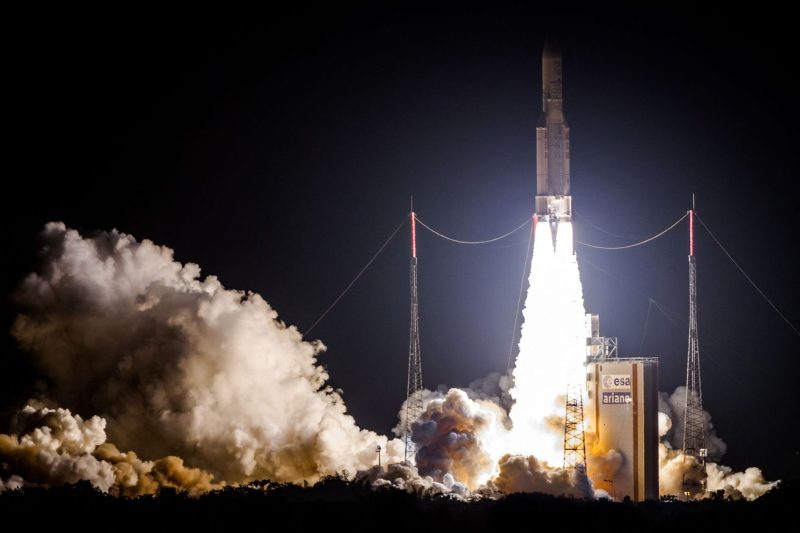The recently reported incident of a Boeing-made satellite disintegrating in space has raised significant concerns within the aerospace industry and among satellite operators. The malfunction of the Intelsat 33e satellite, developed by Boeing, has sparked discussions about the reliability, durability, and future of satellite technology in Earth’s orbit.
The disintegration of the satellite underscores the complexity and risks associated with space missions. Satellites are meticulously engineered to withstand the harsh conditions of space, including extreme temperatures, radiation, and microgravity. However, unexpected events like component failures can lead to catastrophic outcomes, as seen in the case of the Intelsat 33e satellite.
The incident also highlights the challenges of space debris management. With thousands of objects orbiting the Earth, the risk of collisions and space debris proliferation poses a significant threat to operational satellites and future space missions. The disintegration of the Boeing satellite adds to this growing concern and emphasizes the importance of responsible space practices and debris removal technologies.
In response to the incident, Boeing has initiated an investigation to determine the cause of the satellite’s failure. Understanding the root cause of the malfunction is crucial for preventing similar incidents in the future and improving the design and manufacturing processes of satellites. The findings of the investigation will likely inform industry best practices and standards to enhance the reliability and safety of satellites in orbit.
Furthermore, satellite operators and stakeholders are reviewing their contingency plans and risk mitigation strategies in light of the Boeing satellite disintegration. Ensuring mission continuity, data protection, and client services are top priorities for satellite operators, and the incident serves as a reminder of the importance of robust backup systems and redundancy measures.
As the aerospace industry continues to innovate and expand its presence in space, incidents like the disintegration of the Intelsat 33e satellite serve as valuable lessons for the industry. Enhancing satellite resilience, implementing proactive maintenance practices, and investing in space debris mitigation technologies are essential steps towards ensuring the sustainability and longevity of satellite missions in Earth’s orbit.
In conclusion, the disintegration of the Boeing-made satellite in space has prompted reflection and action within the aerospace community. By addressing the challenges exposed by this incident, the industry can strengthen its capabilities, improve space operations, and pave the way for a more secure and sustainable future in space exploration.

























